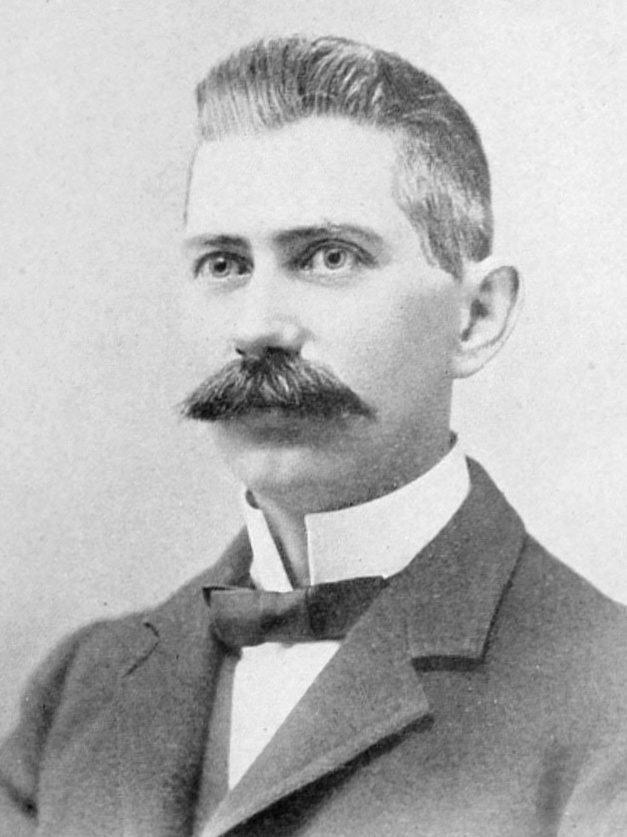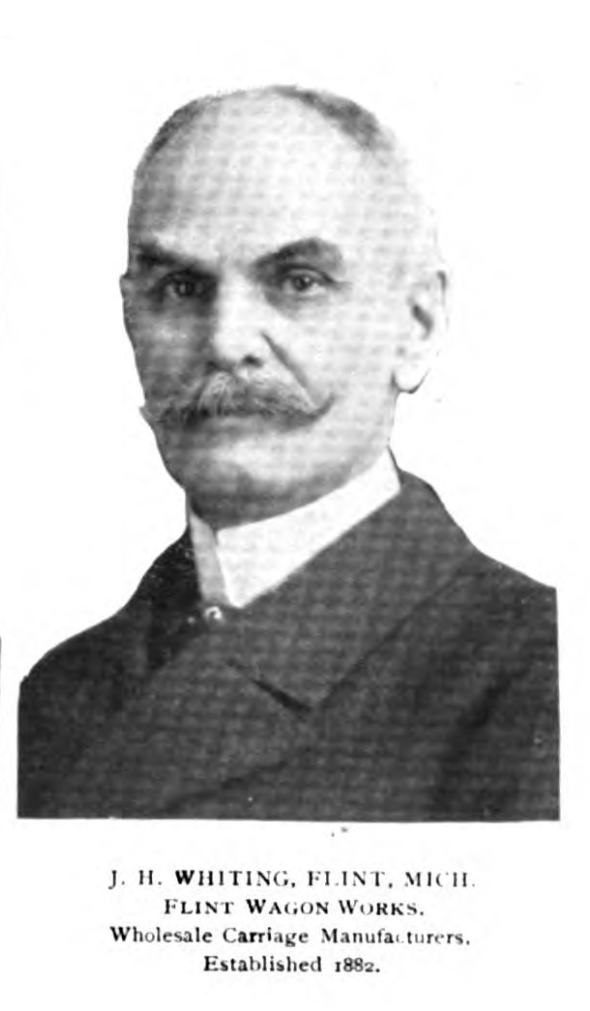|
Dynaflow
Dynaflow was the trademarked name for a type of automatic transmission developed and built by General Motors Buick Motor Division from late 1947 to mid-1963. The Dynaflow, which was introduced for the 1948 model year only as an option on Roadmaster models, was based on similar principles as those applied for the Torqmatic transmission used in the M18 Hellcat tank destroyer (built in Buick's Flint Assembly plant) and M26 Pershing tank during World War II, namely a multi-element torque converter and manually selected intermediate gears. It was also used in the 1951 Le Sabre concept car. History Original version The Dynaflow was an automatic transmission used in various forms in Buick cars by the General Motors Corporation from 1947 until 1963. The transmission initially used a five-element torque converter, with two impellers and two stators, as well as a planetary gearset that provided two forward speeds plus reverse. In normal driving, Dynaflow started in high gear ... [...More Info...] [...Related Items...] OR: [Wikipedia] [Google] [Baidu] |
Buick Roadmaster
The Buick Roadmaster is an automobile built by Buick from 1936 until 1942, from 1946 until 1958, and then again from 1991 until 1996. Roadmasters produced between 1936 and 1958 were built on Buick's longest non-limousine wheelbase and shared their basic structure with the entry-level Cadillac Series 65, the Buick Limited, and after 1940, the Oldsmobile 98. Between 1946 and 1957, the Roadmaster served as Buick's flagship. After being resurrected in 1991, the Roadmaster became the marque's largest vehicle, measuring longer with a greater wheelbase than the GM C platform (FWD), C-body Buick Park Avenue. This generation was the first in Roadmaster history to be built on the General Motors GM B platform, B-body platform rather than the C-body, which had traditionally been reserved for GM's largest and most opulent models that were not Cadillacs. A Buick Estate, Buick Roadmaster Estate station wagon was introduced in 1947 and was manufactured in several generations through 1996. The ... [...More Info...] [...Related Items...] OR: [Wikipedia] [Google] [Baidu] |
Torque Converter
A torque converter is a device, usually implemented as a type of fluid coupling, that transfers rotating power from a prime mover, like an internal combustion engine, to a rotating driven load. In a vehicle with an automatic transmission, the torque converter connects the prime mover to the automatic gear train, which then drives the load. It is thus usually located between the engine's flexplate and the transmission. The equivalent device in a manual transmission is the mechanical clutch. A torque converter serves to increase transmitted torque when the output rotational speed is low. In the fluid coupling embodiment, it uses a fluid, driven by the vanes of an input impeller, and directed through the vanes of a fixed stator, to drive an output turbine in such a manner that torque on the output is increased when the output shaft is rotating more slowly than the input shaft, thus providing the equivalent of an adaptive reduction gear. This is a feature beyond what a simple fl ... [...More Info...] [...Related Items...] OR: [Wikipedia] [Google] [Baidu] |
Automatic Transmission
An automatic transmission (AT) or automatic gearbox is a multi-speed transmission (mechanics), transmission used in motor vehicles that does not require any input from the driver to change forward gears under normal driving conditions. The 1904 Sturtevant "horseless carriage gearbox" is often considered to be the first true automatic transmission. The first mass-produced automatic transmission is the General Motors ''Hydramatic'' two-speed hydraulic automatic, which was introduced in 1939. Automatic transmissions are especially prevalent in vehicular drivetrains, particularly those subject to intense mechanical acceleration and frequent idle/transient operating conditions; commonly commercial/passenger/utility vehicles, such as buses and waste collection vehicles. Prevalence Vehicles with internal combustion engines, unlike electric vehicles, require the engine to operate in a narrow range of rates of rotation, requiring a gearbox, operated manually or automatically, to drive t ... [...More Info...] [...Related Items...] OR: [Wikipedia] [Google] [Baidu] |
Hydra-Matic
Hydramatic (also known as Hydra-Matic) is an automatic transmission developed by General Motors Corporation's Oldsmobile Division, the ''Hydramatic'' was the first mass-produced fully automatic transmission developed for passenger automobile use. The Hydra-Matic transmission was introduced by Oldsmobile in 1939 model, one year before Cadillac accepted it for their 1940 model year. History During the 1930s, automakers sought to reduce or eliminate the need to shift gears. At the time, synchronized gear shifting was still a novelty (and confined to higher gears in most cases), and shifting a manual gearbox required more effort than most drivers cared to exert. The exception here was Cadillac's break-through synchromesh fully synchronized manual transmission, designed by Cadillac engineer Earl A. Thompson and introduced in the autumn of 1928. Cadillac, under Thompson, began working on a 'shiftless' transmission in 1932, and a new department within Cadillac Engineering was create ... [...More Info...] [...Related Items...] OR: [Wikipedia] [Google] [Baidu] |
Le Sabre Concept Car
The General Motors Le Sabre is a 1951 concept car. Possibly the most important show car of the 1950s, it introduced aircraft-inspired design elements such as the wrap-around windshield and tail fins, which became common on automotive designs during the second half of the decade. The Le Sabre is owned by the GM Heritage Center, and still occasionally appears at car shows. This was GM's first use of the Le Sabre name, which would be later adopted by Buick for a new production model in 1959. History The Le Sabre was the brainchild of General Motors Art Department head Harley Earl.Flory, J. "Kelly", Jr. ''American Cars 1946-1959'' (Jefferson, NC: McFarland & Coy, 2008), p.1021. Design and features With a body made of aluminium, magnesium, and fiberglass, it was powered by a supercharged aluminum V8 able to run on gasoline (petrol) or methanol (like Indy roadsters of the period did), and was GM's first use of a rear-mounted transmission. As to the fins, Harley Earl wrote, “ ... [...More Info...] [...Related Items...] OR: [Wikipedia] [Google] [Baidu] |
Pontiac (automobile)
Pontiac, formally the Pontiac Motor Division of General Motors, was an American automobile brand owned, manufactured, and commercialized by General Motors. It was introduced in 1926 as a General Motors companion make program, companion make for GM's more expensive line of Oakland Motor Car Company, Oakland automobiles. Pontiac quickly overtook Oakland in popularity and supplanted its parent entirely by 1933, establishing its position as one of GM's dominant divisions. Sold in the United States, Canada, and Mexico by GM, Pontiac came to represent affordable, practical transportation emphasizing performance. The division’s name stems from the Odawa chieftain Pontiac (Odawa leader), Pontiac, who led an Pontiac's War, indigenous uprising from 1763 until 1766 around Detroit, Michigan. In the hierarchy of GM's five divisions, it slotted above Chevrolet but below Oldsmobile, Buick, and Cadillac. Starting with the 1959 models, marketing was focused on selling the lifestyle that the c ... [...More Info...] [...Related Items...] OR: [Wikipedia] [Google] [Baidu] |
Buick
Buick () is a division (business), division of the Automotive industry in the United States, American automobile manufacturer General Motors (GM). Started by automotive pioneer David Dunbar Buick in 1899, it was among the first American automobile brands and was the company that established General Motors in 1908. Before the establishment of General Motors, GM founder William C. Durant had served as Buick's general manager and major investor. With the demise of Oldsmobile in 2004, Buick became the oldest surviving American carmaker. Buick is positioned as a premium automobile brand, selling vehicles positioned below the flagship luxury Cadillac division. History Early years Buick is one of the oldest automobile brands in the world and is currently the oldest in the United States still active today. Autocar Company, Autocar, founded in 1897, is the oldest motor vehicle manufacturer in the western hemisphere; while originally an automobile maker, Autocar now builds heavy trucks. ... [...More Info...] [...Related Items...] OR: [Wikipedia] [Google] [Baidu] |
Flint Wagon Works
Flint Wagon Works of Flint, Michigan, manufactured wagons from the early 1880s. One of the world's most successful horse-drawn vehicle makers they formed with their Flint neighbours a core of the American automobile industry. In 1905 Flint was promoting itself as ''Flint the Vehicle City''. The former site is now located in the neighborhood of Flint known as "Carriagetown". Flint Wagon Works brought the automotive industry to Flint by buying David Dunbar Buick's Detroit business and moving it to Flint. Overburdened with debt and litigation Flint Wagon Works shareholders sold their business to William C. Durant as of October 12, 1911. Durant took the useful parts of the business and began to manufacture Little automobiles. Sales were hindered by poor quality product and their unappealing brandname and Durant put Little into Chevrolet in 1913. After GM assumed operations, it became the manufacturing location of what later became Chevrolet Flint Manufacturing. Founding Wagon ... [...More Info...] [...Related Items...] OR: [Wikipedia] [Google] [Baidu] |
Live Axle
A beam axle, rigid axle, or solid axle is a dependent suspension design in which a set of wheels is connected laterally by a single beam or shaft. Beam axles were once commonly used at the rear wheels of a vehicle, but historically, they have also been used as front axles. In most automobiles, beam axles have been replaced with front (IFS) and rear independent suspensions (IRS). Implementation With a beam axle, the camber angle between the wheels is the same regardless of its location in the travel of the suspension. A beam axle's location in the fore and aft directions is constrained by one of several suspension components, including trailing arms, semi-trailing arms, radius rods, and leaf springs. The lateral location can be constrained by a Panhard rod, a Scott Russell linkage, a Watt's linkage, or some other arrangement, most commonly by the leaf springs. Shock absorbers and either leaf springs, coil springs, or air bags are used to control vertical movement. Li ... [...More Info...] [...Related Items...] OR: [Wikipedia] [Google] [Baidu] |
Cadillac
Cadillac Motor Car Division, or simply Cadillac (), is the luxury vehicle division (business), division of the American automobile manufacturer General Motors (GM). Its major markets are the United States, Canada and China; Cadillac models are distributed in 34 additional markets worldwide. Historically, Cadillac automobiles were at the top of the luxury field within the United States, but have been outsold by European luxury brands including BMW and Mercedes-Benz, Mercedes since the 2000s. In 2019, Cadillac sold 390,458 vehicles worldwide, a record for the brand. Cadillac, founded in 1902, is among the first automotive brands in the world, fourth in the United States only to Autocar Company (1897) and fellow GM marques Oldsmobile (1897) and Buick (1899). It was named after Antoine de la Mothe Cadillac (1658–1730), who founded Detroit, Michigan. The Cadillac crest is based on his coat of arms. By the time General Motors purchased the company in 1909, Cadillac had already est ... [...More Info...] [...Related Items...] OR: [Wikipedia] [Google] [Baidu] |






